The Museum had the pleasure of hosting Dermot Turing at our 2017 Winston S. Churchill Symposium. I got to know him fairly well during the long weekend he visited, through meals, a private tour of our galleries and during the symposium itself.
Dermot Turing is the acclaimed author of Prof, a biography of his famous uncle, The Story of Computing, and most recently X, Y and Z – The Real Story of How Enigma was Broken. He is also a regular speaker at historical and other events. He began writing in 2014 after a career in law. Dermot is a trustee of the Turing Trust. He is a Visiting Fellow at Kellogg College, Oxford.
Dermot has a new book out, with the paperback version available in the United States in July 2020, titled The Codebreakers of Bletchley Park: The Secret Intelligence Station that Helped Defeat the Nazis. I asked him some questions about the book, Bletchley, and his war-winning, world-famous uncle.
Dermot, thank you for agreeing to this interview. I believe most readers will know the overall significance of Bletchley Park and how it was “the Goose that laid the Golden Eggs” in terms of Allied intelligence against Nazi Germany. Tell us about Bletchley as an organization.
Thanks for having me! I think that quote is attributed to Winston Churchill, who had a special box of decrypts delivered to him every day. At first he wanted to see every single decrypted message but rapidly the volume of stuff grew so much for that to be practical, so they just gave him the juicy bits. In typical Churchill fashion he would then surprise his chiefs of staff with things which they probably didn’t know. I’m not sure this is the ideal way to run a war, but that wasn’t your question.
Bletchley Park was a converted private house which was taken over by the British Secret Intelligence Service (MI6 to you and me) in 1938. There was a small code-breaking organization between the wars called the Government Code & Cypher School, which was part of MI6, and they moved in just before the war began. In the months before then, GC&CS had been out recruiting extra staff to put on their ‘emergency list’—effectively a reserve list. On the list were 24 academics from Cambridge and 13 from Oxford, and a handful of others, but it gives you an idea of the sort of people they thought would be useful. Alan Turing was one of these academics: he was recruited in 1938 and sent on a training course to learn about codes (and the Enigma machine) early in 1939.
In the early days the total complement was a couple of hundred or so, but the success of the codebreaking effort was so great that the number of people grew enormously, to a peak of around 10,000 in 1944. That meant that Bletchley Park itself was a building-site for much of the war, as new buildings had to be constructed to house all these extra folks.
I recall when you visited, one of the key points you stressed in private and during your public presentation was that Alan Turing didn’t do this all on his own. You felt a bit remiss that so many went unacknowledged as your uncle received all of the praise. Was that the motivation of this book?
Certainly that was part of it. It’s not just that Alan Turing seems to scoop up all the praise, but that there were so many other interesting characters at Bletchley it would be good to bring some of them to the fore and have their stories better known. The challenge for a writer is then how to fit dozens of biographies together without making it too dense and tedious to read. People want to read stories, but the story of Bletchley Park is a great one, so the solution was to use the narrative of what happened at Bletchley as a framework within which to talk about the people who worked there.
Tell us about the people—countless people—who played important parts to making Bletchley Park a success. What were their backgrounds, their lives during the war?
Well, as I mentioned, at the very beginning the recruitment was mainly focused on the academics at Oxford and Cambridge. The head of GC&CS, Alastair Denniston, referred to them as ‘men of the professor type,’ which is rather a quaint expression, but it gives a good flavor of it. There weren’t many women on his list, but one of the interesting things is that that changed during the course of the war. By the middle period of the war, when the bombe machines used in decrypting Enigma were up and running, Bletchley needed huge numbers of junior staff for fairly routine roles. A lot of these were from the Women’s Royal Naval Service (the Wrens)—you have a similar story in the US where the American bombe machines in Washington were tended by WAVES.
So, we have a traditional picture of Bletchley being staffed by tweedy professors who smoked pipes and teenage Wrens doing mind-numbingly boring jobs, but actually it turns out to be more complicated than that. For one thing, quite a large number of women were employed in senior code-breaking and intelligence analysis jobs. It’s difficult to be sure, because it was the 1940s, and in those days, roles were theoretically segregated by gender, and there were no women’s grades for codebreakers and analysts—so they had to be called ‘clerical’ or ‘translator’ or whatever, regardless of what they were actually doing. It’s quite hard to figure out from the documents what the true picture was. But we do have the accounts of the codebreakers themselves, and it’s quite clear that a large cohort was recruited from women’s colleges to do the same sort of jobs as the men.
Why do you think that they went uncelebrated for so long?
Ah, well, this is all about secrecy. When people arrived at Bletchley Park for the first time, there was a special ceremony where the importance of secrecy was drummed into their heads, and they were made to sign a document based on the Official Secrets Act, which said that severe criminal consequences would happen if anyone ever disclosed anything about what happened at Bletchley Park. And in case anyone was in any doubt about it, at the end of the war the head of Bletchley Park sent round a memo telling everyone that the code of silence applied not just during wartime but forever.
So, nobody was allowed to talk about what they had done until many years afterwards, when the UK Government slowly began to relax the restrictions in the late 1970s. Of course, there were some leaks and some spies, and the extent to which the secrecy surrounding Bletchley was not completely watertight is interesting. Another thing of interest is how it came about that the story of Bletchley Park eventually became public—all that is explored in the book as well.
Of all the people who served at Bletchley, your uncle, Alan Turing, is by far the most famous. Tell us about his wartime contributions, what he thought of his work, and what he thought of his own significance.
One of the curious things is that Alan Turing is so closely identified with Bletchley Park, and in particular with the cracking of the Enigma cipher machine. It’s something of a puzzle because he wasn’t a professional codebreaker and his role at Bletchley Park was actually much more limited than people might imagine. Yes, it’s true that he was instrumental in designing the bombe machine on which the breaking of Enigma depended, and he was quite heavily involved in the attack on Naval Enigma in the early years of the war. But by 1942 the codebreaking process, certainly on Enigma, was largely mechanized, so there was much less for him to do in the theoretical line. So then he was sent over to America to advise on the development in Dayton, Ohio, of the US Navy’s bombe machine, and to inspect various secret encryption devices being built at Bell Labs in New York. One of those was a huge thing for enciphering phone-calls, so that Franklin D. Roosevelt and Winston Churchill could speak freely without the Germans listening in. After that, Alan Turing was only rarely at Bletchley Park, because he was working on his own speech encipherment device. For him, I think the codebreaking was a bit of an interlude in his career as a mathematician and computer scientist, and he would have been eager to deny that his own role at Bletchley was unduly significant.
So, if you look at his contribution in that context, it was quite limited in terms of scope and the amount of time he spent on codebreaking; but on the other hand, it was enormous, in terms of the sheer volume of decrypts and intelligence that came out of the processing of Enigma as a result of his invention of the bombe machine. I suspect that underneath this paradox it is the story of Alan Turing himself which people find fascinating and that is why we tend to inflate his importance as a code-breaker.
As a family member, what insights have you gleaned, either from family papers or lore over the years?
Well, of course there is nothing about the Bletchley years because of the Official Secrets Act, except for anecdotes. My father (Alan’s older brother) used to talk about Alan cycling to work in the summer wearing his gas-mask because it warded off hay-fever, and of course that scared the pants off the people who saw him, who thought there must be a raid on. And then there was the time when there was an inter-service athletics meeting and this civilian apparently called ‘Professor Turing’ asked to participate (he wasn’t a professor but that was his nickname). So of course all the super-fit army and navy men had a good laugh thinking about this professor chap who would be left well behind them all. What they didn’t know was that Alan Turing was an Olympic-level runner and of course it was the Prof who beat the army and navy guys by some margin.
My own view from the people I spoke to who knew Alan and worked with him is that Alan Turing may have been eccentric, but a rather different and more human character than the asocial individual that he might seem to be from some portrayals in the movies.
Alan Turing had perhaps the most disparate difference between war time significance and post-war celebrity. This includes his prosecution under the British anti-homosexual laws and his terribly depressing death. Can you comment on this?
Yes, this is a very perceptive question. In his lifetime of course nobody knew, and nobody was allowed to know, about what had happened at Bletchley Park. But nevertheless Alan Turing was in a small way something of a minor celebrity because of his post-war work building the earliest British computers. You know, the media called it the ‘artificial brain,’ it was all over the papers and the BBC and there was a hoo-hah about whether ‘machines can think,’ and Alan Turing was at the center of all that. So there is a possibility that the reason Alan Turing got prosecuted for homosexual activity was connected with his being a semi-high-profile individual. In ordinary cases—and there were literally dozens of these in the courts at the time, this is the early 1950s—there would be one count on the indictment, but in Alan’s case there were six counts each against him and against his partner. I can’t explain that otherwise than that the police were out to get him in some sense.
But actually the myth can get in the way of reality at this point. We have this idea that Alan Turing was hung out to dry by the British Establishment and that his conviction and treatment led directly to his suicide two years later. In fact it’s more complicated than that. To start with, his ex-colleagues from Bletchley Park came to speak for his defense at the trial, and their testimony explained—without giving away any secrets—how significant Alan’s wartime contribution had been, and I think it was their intervention which stopped Alan going to prison or getting a formal criminal record (which would have cost him his job.)
The treatment he received was not the idea of the Establishment as such but the result of the rather bizarre way that homosexuality was regarded as a disease in 1950s Britain, and Alan was handed over by the court to the medics and psychiatrists. I reckon he took all that in his stride, and in fact it’s quite hard to find any causal links between his treatment, which finished in 1953, and his death in 1954.
What is the legacy of Bletchley Park, Alan Turing, and those unsung heroes that worked with him?
In Britain, people are immensely proud of Bletchley Park and its achievements. The idea that the war was won not just on the battlefield but also by brainpower and that the enemy was defeated intellectually as well as physically is very appealing. There’s also the fact that the origins of computing lie in the machines used to attack ciphers, and of course the present-day relevance of encryption to secure communications means that code-breaking and security are enduring concepts.
But visitors to Bletchley Park want to know a bit more than the technicalities of code-breaking, Enigma machines and so forth—it’s people stories that chime best. So visitors want to find out about everyday things like what the food was like and what happened to the codebreakers when the war ended. Some of them became famous in other contexts—politicians, academics, writers and so on—and some stayed on and worked for what is now GCHQ; but a lot of the women at Bletchley went back into civilian life and to all intents and purposes disappeared. That’s something which interests me, because it symbolizes what happened to a lot of women who discovered something about their abilities and personalities during the war years, but after the war the men took back the significant roles and many successful women found themselves sent back to the kitchen. We can learn about the social side of things as much as the intellectual side.
Thank you very much for sharing these thoughts with us.
No, thank you for the opportunity. I’m looking forward to my next visit to The National WWII Museum!
View Turing’s upcoming book here.
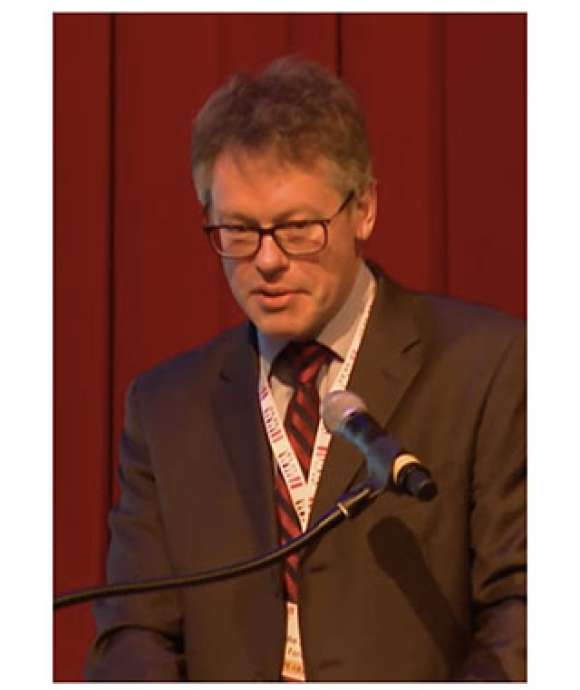
Churchill Symposium: Prof Alan Turing Decoded
Watch Sir John Dermot Turing's lecture at the Museum's 2017 Winston S. Churchill Symposium at the link below.
Jeremy Collins
Jeremy Collins joined The National WWII Museum in 2001 as an intern, and now oversees the institution’s public programming initiatives.
Cite this article:
MLA Citation:
APA Citation:
Chicago Style Citation:
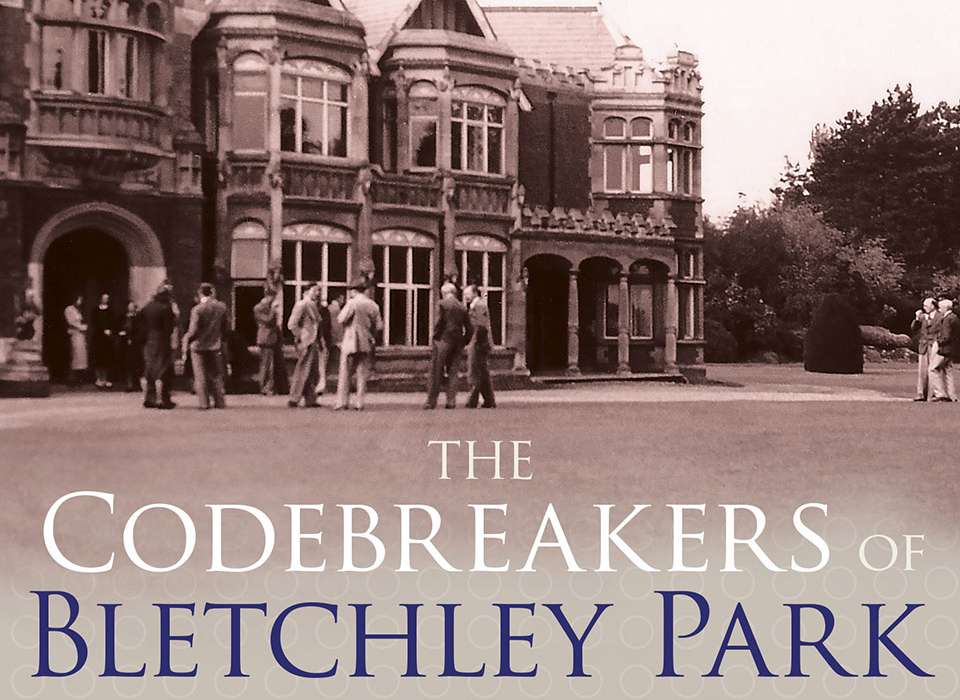
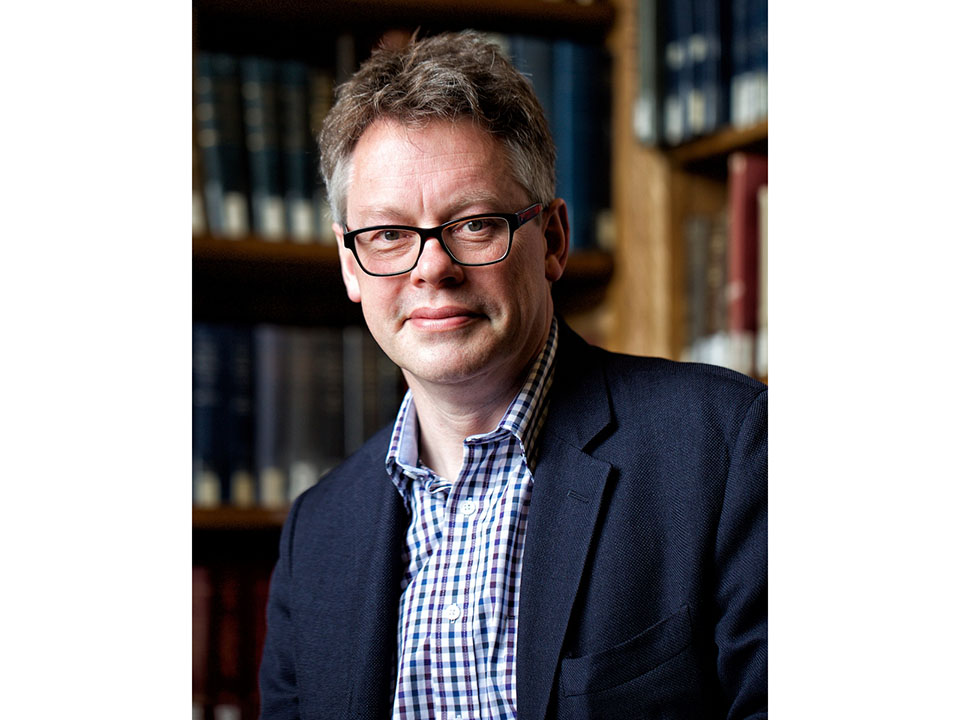

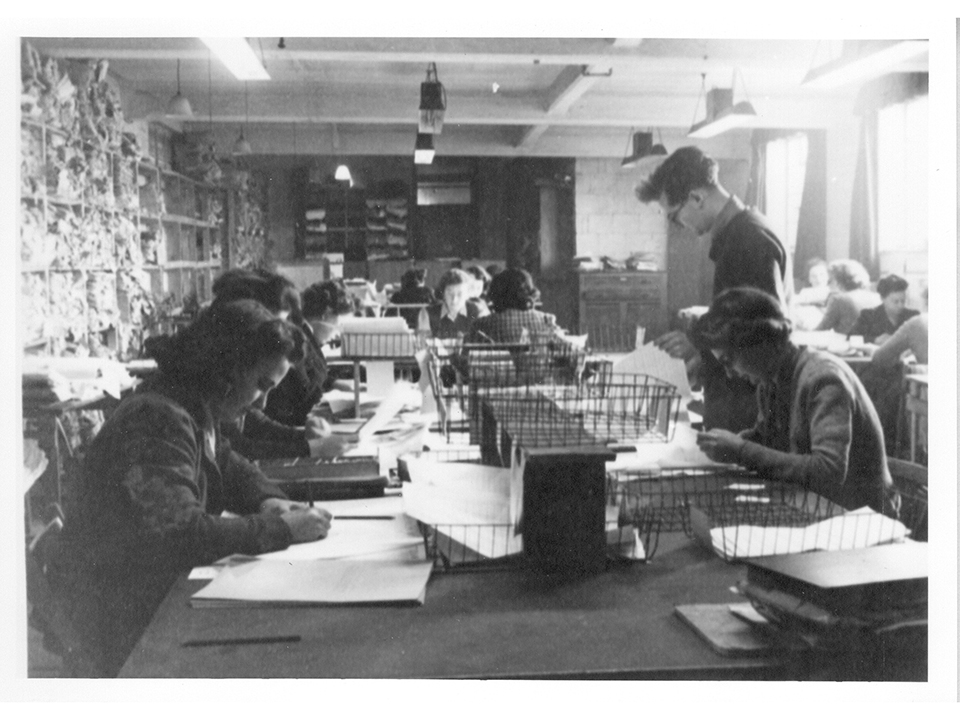
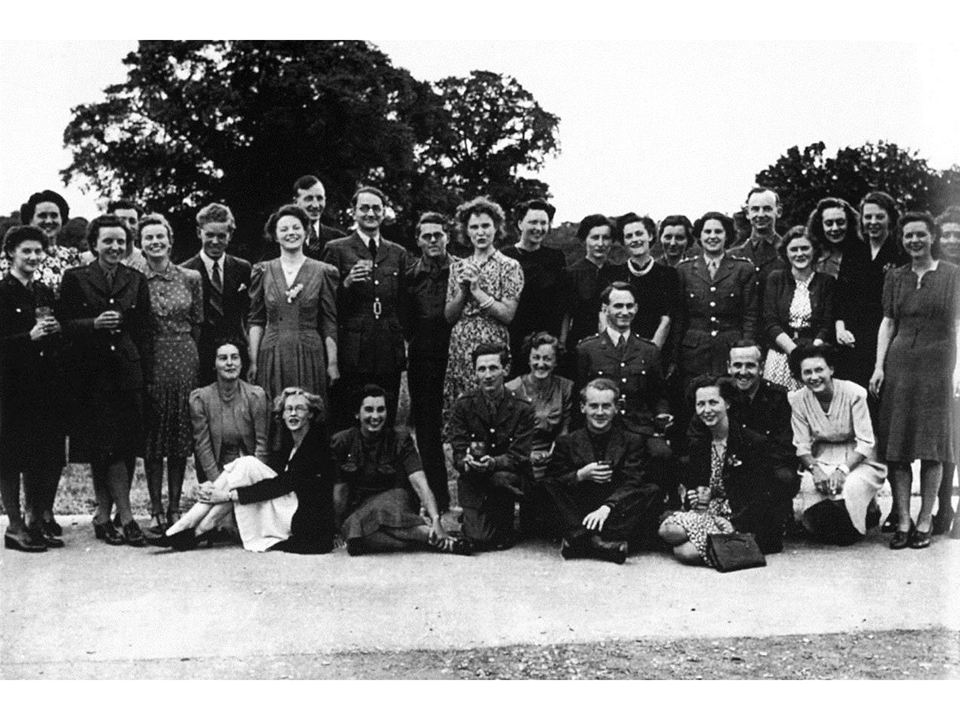
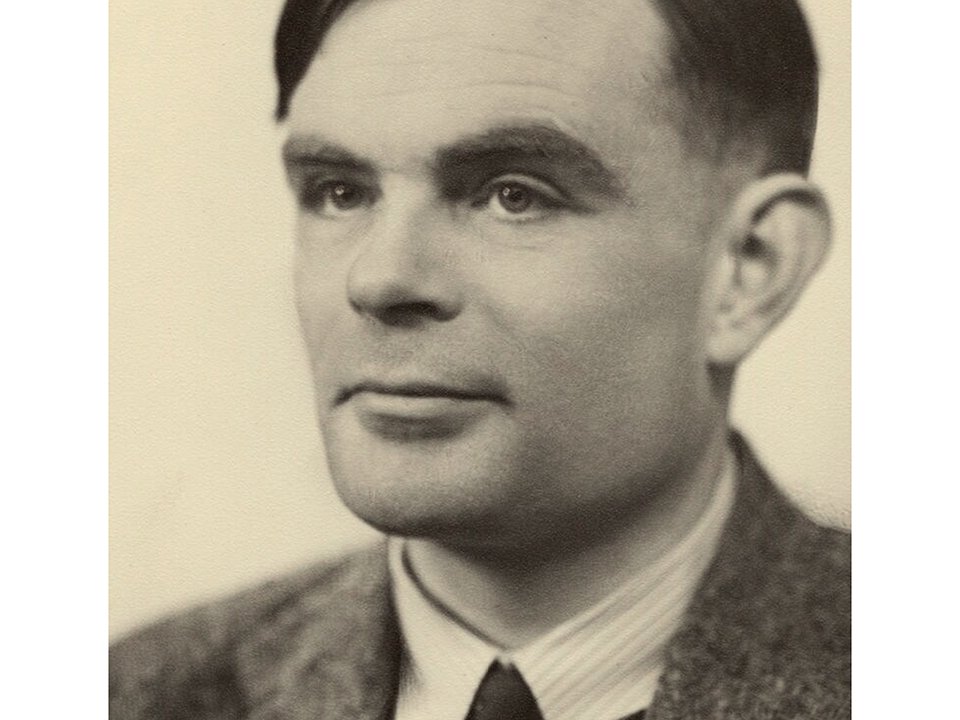
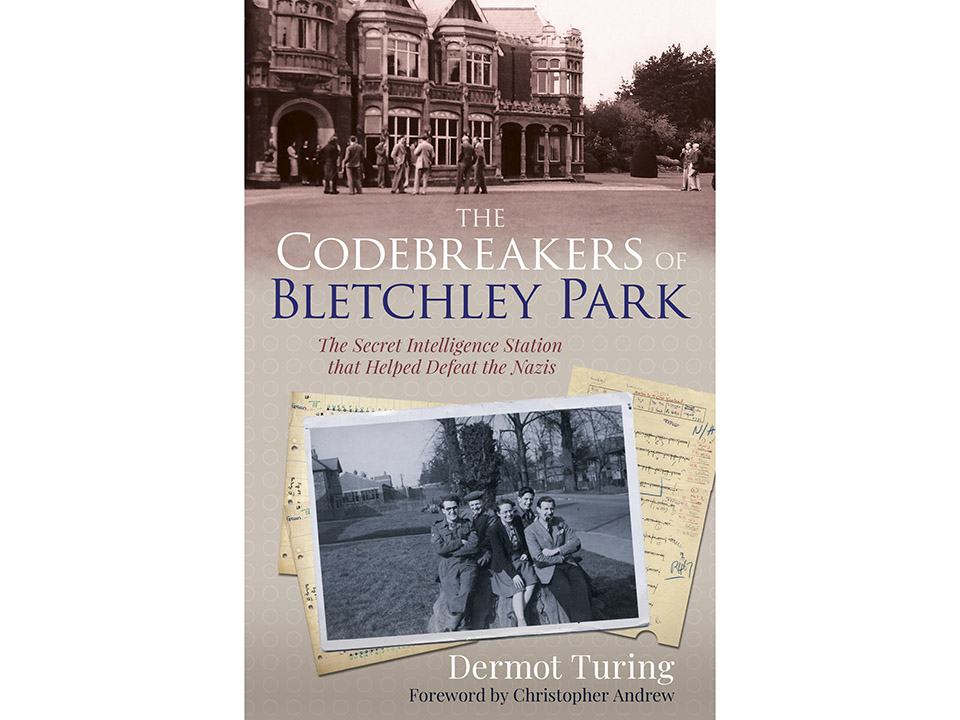
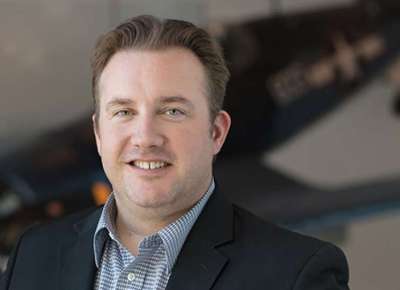



![Max Fuchs, New York City cantor, sings as Rabbi Sydney [sic] Lefkowitz, Richmond, VA, conducts the first Jewish services from Germany.](/sites/default/files/styles/max_650x650/public/2025-10/image1.jpg)



